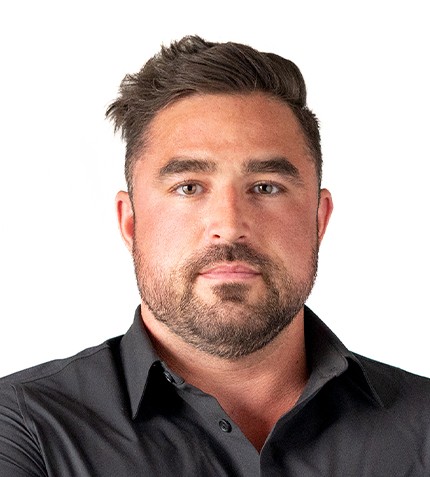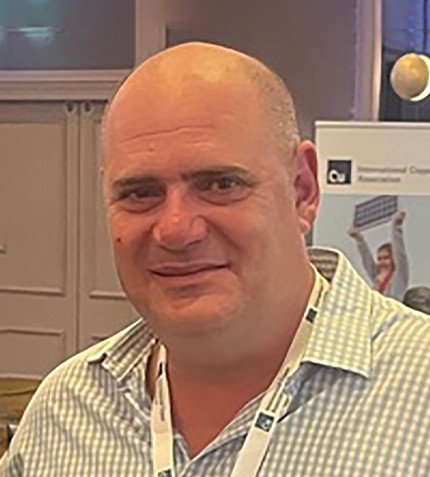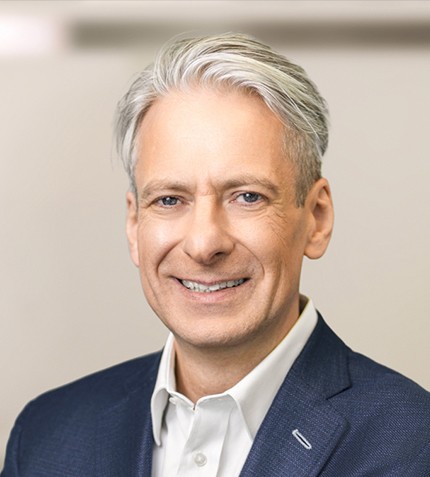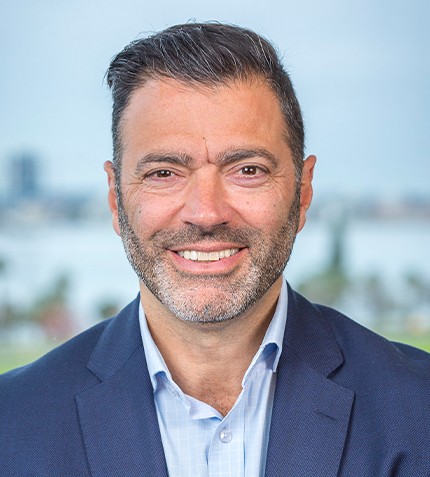
"We are working towards becoming a global player in the aeronautics supply chain through our technical expertise in the processing of thermoplastic composites and our high investment in innovation."
RELATED PUBLICATION
ARTICLES FROM THIS PUBLICATION
Eric Pisani
CEO, SINTEX NP
Could you introduce the company and the recent performance operating internationally in the aeronautic space?
The Sintex NP group made €266 million in sales in 2017, 8% of which was generated by the aerospace industry. We supply Airbus and its suppliers from our plants in France as well as in Tunisia and Morocco, to be close to our key players and customers in these countries. The last three years have been very dynamic with growth linked to new aircraft such as the A350 program or the new LEAP engine.
To what extent has the search for lighter materials been the main R&D driver for Sintex NP? As a result, what new innovations are the company able to bring to the market?
We are finding that developments in composites are driven by a search for light-weight materials and this is the main reason why the percentage of composites is increasing in aeronautics. The other driver for this is the cost saving element. When comparing traditional thermoset composites manufacturing with a thermoplastic process, there is a cost advantage because of a capacity advantage through reducing cycle times. Moreover at Sintex NP we are able to propose through this thermoplastic technology integration of functions directly into the mold.
For R&D we work a lot with universities in the region, mainly with INSA. Our R&D department is working on developing over-molding of Continuous Fibre Reinforced Polymers (CFRP), combining the mechanical functions of CFRP and integration of functions through injection moulding. In thermoplastic composites we are known by customers in aeronautics as an expert, especially for small and mid-size parts.
How do you carry out testing and what role does accreditation play in giving Sintex a competitive edge?
Manufacturing testing is mostly realized internally, for example non-destructive testing (NDT) using ultrasonic or dye penetrant testing are carried out with COSAC-COFREND certified operators. This process is also NADCAP accredited.
We believe that mastering processes in house is key to gaining a competitive advantage. We also try to bring something new to the market, which is why we invest heavily in R&D with an emphasis in the development of thermoplastics composites applications. Even though aeronautics is not our main business segment, in terms of R&D investment, most of our resources are allocated to this sector.
Could you talk about the importance of sustainable development as a company as well as the challenges faced when a product reaches the end of its lifespan. What will happen to the materials?
We try to take care of all of these challenges and indeed, recycling is a key one for aeronautics. We are focusing on thermoplastic composites which have the advantage of being recyclable. I believe that even if the materials cannot be recycled within the aeronautics industry these materials could be reused for other applications in the automotive industry, for example.
How do you view the market’s move toward consolidating to meet ramp up demands?
As far as Sintex NP is concerned, we have made many acquisitions in the last 25 years and were able to develop at a 10% annual growth rate in Europe, which cannot be done through organic growth alone. Ten years ago, we acquired a company called AIP, located in the Lyon region enabling us to grow in aeronautics. AIP has brought its expertise in machining and 3D printing of components. The market conditions are a lot slower in the aeronautics industry compared to others, but we still intend to play a role in the consolidation of the supply chain.
What is the growth strategy for Sintex in the coming years?
We have ambitions to further develop our company through organic and inorganic growth and, as a result, we hope to extend the industry in the region. We pay a lot of attention to our local network. But a big driver in the midterm would be to have manufacturing capabilities in North America. For us to be considered as a key player in this industry you need to cover both Europe and North America.
What final message would you like to communicate to our global readers about Sintex and the future of the company?
We are working towards becoming a global player in the aeronautics supply chain through our technical expertise in the processing of thermoplastic composites and our high investment in innovation.











